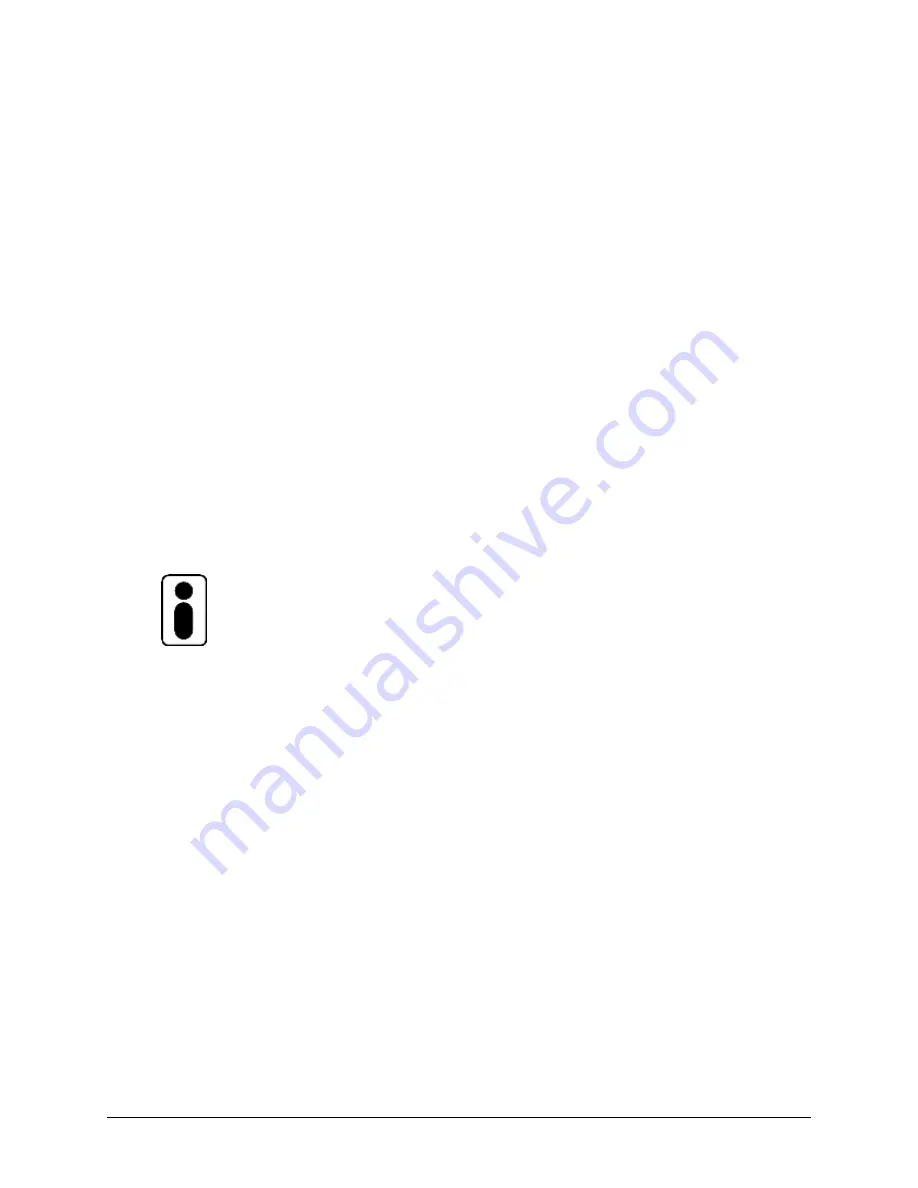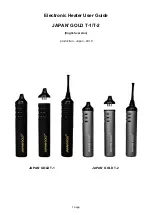
Page 18
5 Charging the battery
The battery-cells within the battery housing are maintenance-free, sealed and
rechargeable. Their durability largely depends on the charge/discharge cycles. It is
possible for instance to extract far more than 1,000 partial discharges from lead-acid
batteries if total discharge is avoided.
For this reason avoid total discharge. Recharge as often as possible.
Lead-
acid batteries are subjected to ‘self-discharge’. For this reason the snap-on
battery should be recharged after a maximum of three weeks of disuse.
The charger automatically switches to trickle charging so overcharging is not possible.
Do not leave the battery discharged or half discharged. Always charge immediately
after use.
If the batteries should become damaged it is possible to have them replaced in any
reputable mechanical workshop. The old lead batteries are fully recyclable and are
not to be disposed of.
The optimum temperature for charging is 20
– 25 °C. Too cold or too warm has a
negative effect on the capacity.
If the battery has not been fully charged or tends to lose charge too rapidly,
this will not only reduce the speed of the LIFTKAR but also reduce the
capacity. It may move into the overload mode as a result, even with light loads.
See Operation [4.3.3]
Summary of Contents for Liftkar SAL Uni
Page 2: ...Page 2...
Page 6: ...Page 6 2 Controls 2 1 Model ERGO...
Page 8: ...Page 8 2 3 Model UNI...






































